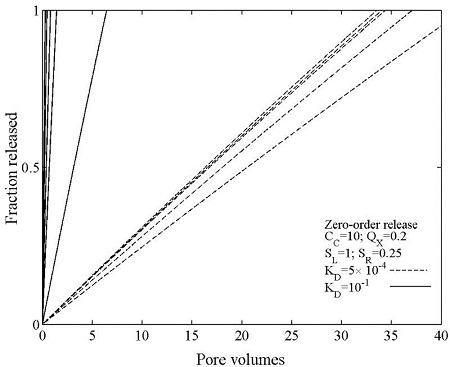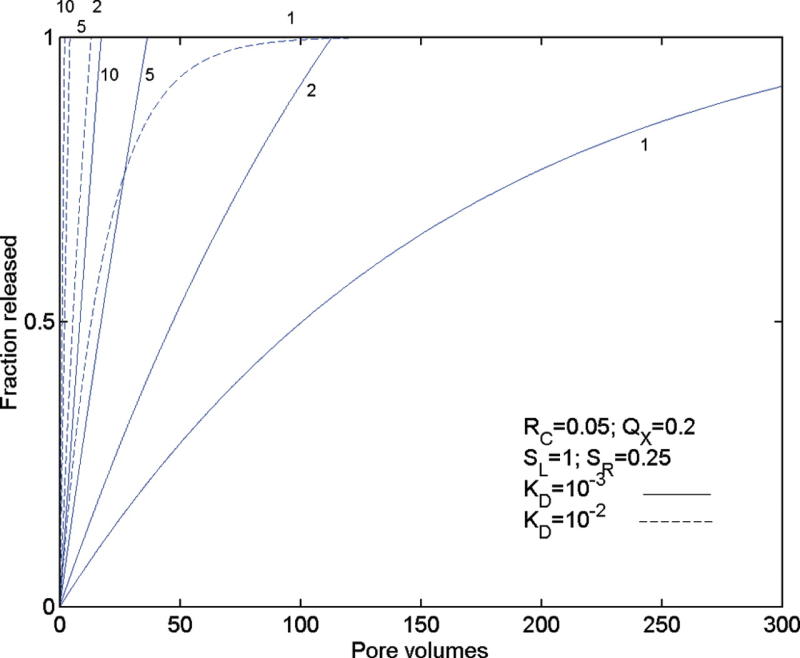Synthetic curves
Curves that are built by many curve segments are known as synthetic curves. Different kinds of curve segments can be utilized to build synthetic curves, with definite continuity needs. Continuity refers the smoothness of the association of two curves or surfaces at the link points or edges. In general, three kinds of continuity, known as C o, C1, and C2, are represent to characterize the smoothness of association of two curves. C o continuity implies easily connecting two curves. That refers that the gradients of these curves at the point of joining along their curvatures might be different (Figure 6(a)). In C1 continuity, the gradients at the point of joining should be similar (Figure 6(b)). Through, C2 implies curvature continuity; i.e., the gradient and the centre of curvature both is the same, as illustrated in Figure 6(c).

(a) Zero-order Continuity

(b) First-order Continuity

(c) Second-order Continuity
Usually Synthetic curves have some good properties; for instance, it is simple to control the stability of the curve to be designed and computation needs are low. Normally the types of synthetic curves given by major CAD/CAM systems include following:
o Hermite cubic spline
o Bezier curves
o B-spline curves
o Rational B-splines
o Non-uniform rational B-splines